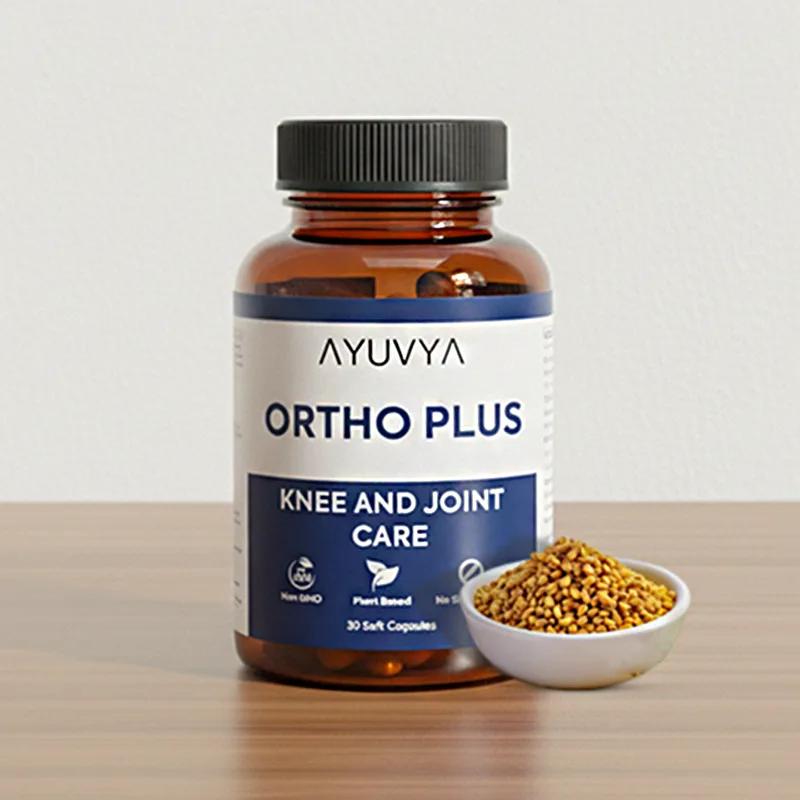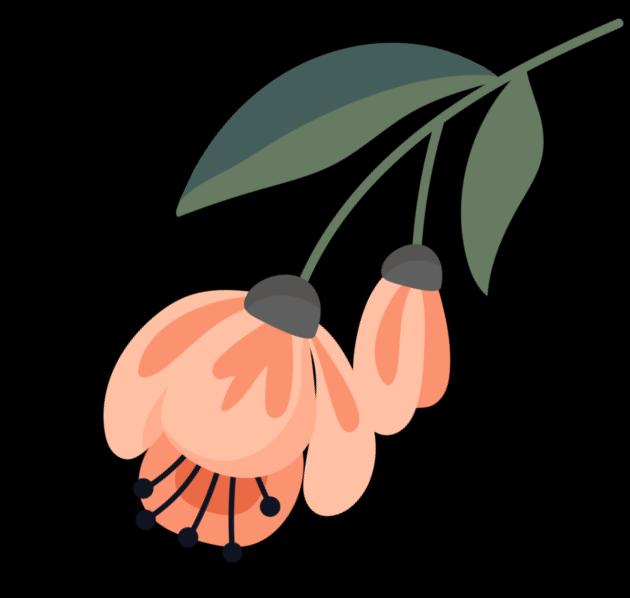Instant Relief From Knee and Joint Pain: Causes, Exercises, and Remedies
Aug 21, 2024

There are various causes of knee joint pain at various ages of people, and it is a prevalent problem around the globe. Knee pain, whether it's throbbing, aching, or stabbing, makes it hard to move and do everyday tasks. It advances a patient’s knowledge concerning the factors resulting in pain in the knee joint, and how it can be handled. I will introduce you to what knee joint pain is all about, some of the things that may lead to this pain, some recommended exercises, and some of the things that you can do to manage this pain.
Table of Contents:
- Understanding Knee Joint Pain.
- Causes of Knee Joint Pain.
- Exercise Tips for Knee Pain.
- How to Relieve Knee Pain at Home?
- Conclusion.
- FAQs.
Understanding Knee Joint Pain
Knee joint pain is the soreness or the ache felt on the knee joint or nearby tissues. This can be continuous or intermittent, although they range from mild to severe. The knee joint is where the thigh bone (femur) meets the shin bone (tibia). It also includes the kneecap (patella), joint capsule, ligaments, tendons, and cartilage. Since these structures surround the knee, any one or some of them, when injured or inflamed, may cause knee pain. Knowledge of the types of knee joint pain is the first thing a patient must grasp to gain control over his condition.
Causes of knee joint pain
1. Injuries: Twist, fall, or during any sporting activity, painful conditions such as sprains, strain, and tear of the ligaments and cartilage of the knee can develop. Some of the most frequent knee injuries include; meniscal tears and ligament strains.
2. Arthritis: The main types of arthritis that affect the knee joint are osteoarthritis and rheumatoid arthritis. In osteoarthritis, the cartilage that exists around the knee joint deteriorates with time and this causes the knee joint to hurt and be rigid. Rheumatoid arthritis is an autoimmune disease that affects the knee joint and causes inflammation in its tissue.
3. Overuse: Daily repetitive stress, such as from running or jumping sports, can lead to overuse injuries like tendinitis or bursitis. These conditions occur after strenuous exercise leading to overload on the knee joint as well as the muscles and tendons.
4.Obesity: Overweight persons experience more pressure on the knee joint hence they are more prone to knee pains. It puts additional load on the joints and thus aggravates some diseases and causes new injuries to the joints.
5. Poor Alignment: Abnormality in the alignment of the knee joint, for example, knock knees or bowed legs can put more pressure on the joint and as such cause discomfort in the long run.
Exercise tips for knee pain
Swimming, cycling, and walking are some of the daily low-impact activities that can be taken to minimize pressure on the knee joint in order not to reduce knee problems. Gentle movements like toe touch while sitting or standing, toe walking, etc help in increasing flexibility and can prevent stiffness around the knee thus helping to control the muscles around the knees.
Some specific exercises include toe stands, single-leg stands, and balance on boards: anything, to avoid falling, is very useful in increasing stability. Putting pressure on the knee joint, especially running, and jumping should be avoided or performed with a lot of care.
How to Relieve Knee Pain at Home?
Haldi or turmeric has also been found effective for reducing pain and swelling due to its anti-inflammatory properties. Turmeric is recommended to be taken with milk: mix a teaspoon of the powder into warm milk for drinking, or create a mixture with water or coconut oil and apply it to the knee for half an hour. Ginger (Adrak) is also used to treat inflammation. It is suggested to drink ginger tea by preparing fresh ginger slices and boiling them in water or using a mixture of grated ginger and warm sesame oil as a compress for the knee for 20-30 minutes. Ashwagandha helps manage pain and inflammation.
Mix half a teaspoon of ashwagandha powder into a cup of warm milk or water and consume daily, or apply ashwagandha oil to the knee joint for pain and joint stiffness relief. Fenugreek seeds have pain-relieving properties. Soak the seeds for about 2 hours, then crush them into a paste and use it as a poultice on the knee for half an hour. It is also possible to prepare fenugreek tea by boiling the seeds in water. Anti-inflammatory in nature, Triphala can be taken daily by mixing half a teaspoon of Triphala powder with warm water to help with aches and pains related to joint inflammation.
Conclusion
Knee joint pain can be challenging, but understanding its causes and incorporating effective exercises and remedies can significantly improve your quality of life. By focusing on low-impact exercises, strengthening the muscles around the knee, and using appropriate remedies, you can manage knee pain and enhance your mobility. If knee pain persists or worsens, it’s important to consult with a healthcare professional for a proper diagnosis and treatment plan. With the right approach, you can find relief and enjoy a more active, pain-free life.
Frequently Asked Questions
Use ice, perform gentle stretches, and apply natural remedies like turmeric and ginger.
Apply turmeric paste, drink ginger tea, and use ashwagandha oil for relief.
Turmeric paste and ginger compresses are effective Ayurvedic cures for knee pain.
Treatments involve using herbs like turmeric, ginger, and ashwagandha and employing methods like massages and warm oil applications.
Use ice packs, take over-the-counter pain relievers, and do low-impact exercises to reduce pain.
Try applying ice, doing gentle stretches, or using anti-inflammatory ingredients like turmeric and ginger.
Turmeric and ginger are commonly used Ayurvedic remedies. Turmeric can be consumed in milk or applied as a paste, and ginger can be made into tea or used as a compress.














